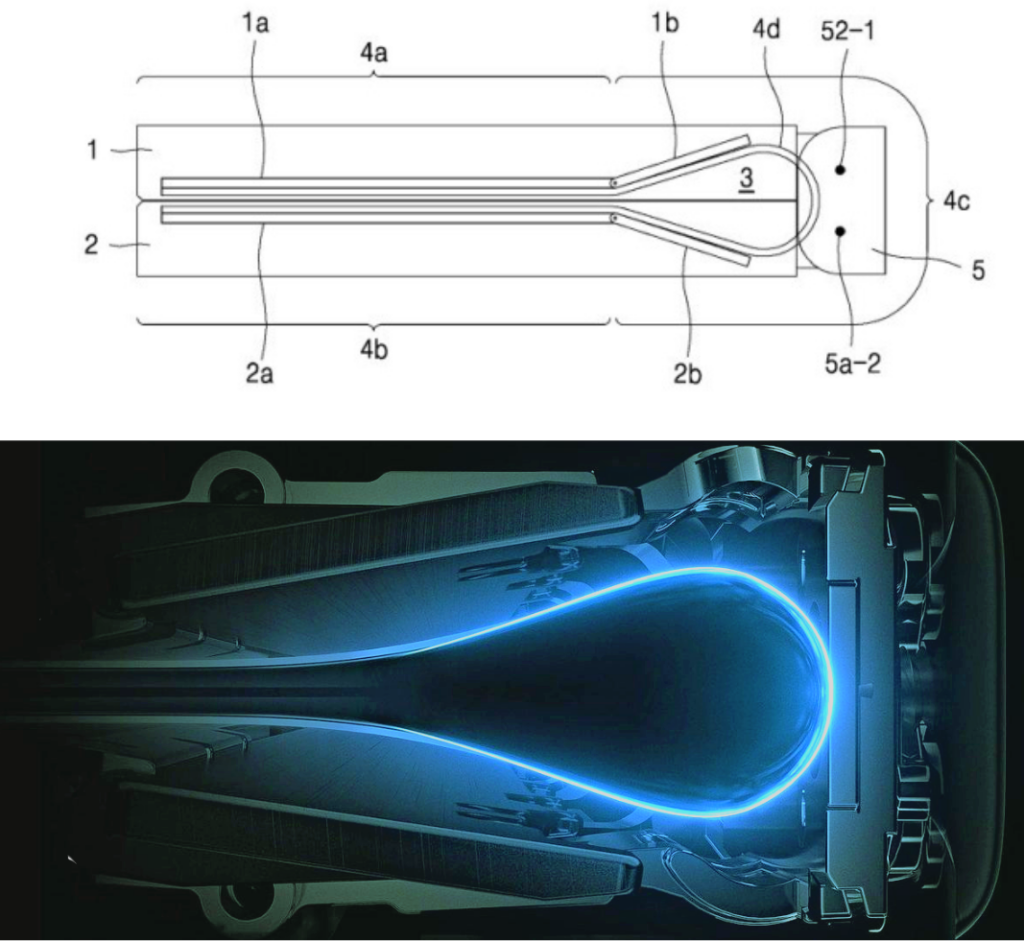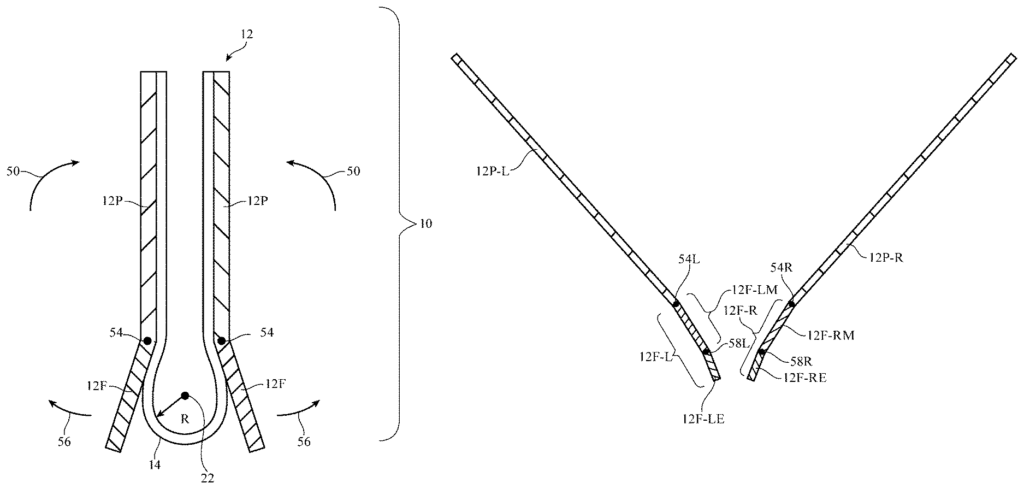The bend, the crease, the fold, that’s where the real battle for foldable displays is happening.

There are three components to the foldable display: the flexible panel, the mechanical hinge, and the display surface. There’s been plentiful investment and development in flexible OLED panels, and the mechanics of folding are pretty straightforward once you know how you can actually fold a display. The display surface itself is trickier, but it is trickier for all OLED displays, subject as they are to very low tolerances for contamination. This makes foldables subject to reliability concerns and very expensive. Not that any of that is stopping their adoption. Samsung, according to reports coming out of Korea, is folding the Galaxy Z Fold 4 200,000 to 300,000 times during a month-long test, making sure that its next-generation foldable phone isn’t going to suffer from reliability issue because it will be expensive. Interestingly, Samsung, like Apple, like Xiaomi, and almost any other phone vendor wanting to get into the foldables business, is going to produce a waterdrop hinge because waterdrop hinges are going to be the standard for foldables.

All the hinge designs that we are seeing seem to be based on some sort of dual-axis hinge mechanism, meaning that the folding points are on either side of the waterdrop. The intention is to always reduce the tensile stress on the display, that’s where the panel would be stretched by folding around the center. Display panels don’t do well with tensile stress. Waterdrop hinges create stress, but it is compressive, by moving the folding axis to the two points behind the display panel. This not only removes the crease but also maintains the shape of the display, and removes any tensile stress on the screen. You can try it out for yourself, by just taking a piece of paper and letting it fold around a pencil. Kind of makes it easier to align the edges folding together, and the paper retains its shape.
Not much else you can do right now until someone comes up with a miracle glass panel that can stretch and snap back into shape 200,000 to 300,000 times a month.


